Are you visiting Iceland in July? We’ve got you covered with six things you should know before you head to the land of fire and ice!
This list will include some of the best things about visiting Iceland in July, including the incredible Seljalandsfoss, blooming lupines, and experiencing the midnight sun!
Planning your trip to Iceland last minute?
Make sure to book your hotels and tours in Iceland in advance to ensure availability! The longer you wait, the more difficult it gets. Here are my top picks for your trip:
Top Experiences And Tours In Iceland:
- Golden Circle Full Day Tour From Reykjavik (Likely to sell out!)
- Silfra Snorkeling Tour (Includes photos + only small group)
- South Of Iceland Full Day Trip (Our pick!)
- Whale Watching In Reykjavik (On a luxury yacht)
- Northern Lights Bus Tour (Great to go with a local)
- Ice Cave Tour And Glacier Hike (Likely to sell out)
Tickets You MUST book in advance:
- Keflavik > Reykjavik Bus Airport Transfer (Skip the line!)
- Sky Lagoon Entrance Ticket (Includes 7-step spa ritual)
- Blue Lagoon Entry Ticket With Drink (Likely to sell out!)
Top picks for places to stay in Iceland:
- Hotel South Coast (Great central location)
- Grandi Reykjavik (Includes free breakfast)
- Hotel Kria (Close to black sand beach)
- Hotel Skaftafell (Mid-range price)
There are plenty of things to do in Reykjavik in July, but you might consider using the favorable weather and increased daylight hours to venture away from the capital and explore the unique Icelandic landscape.
Iceland becomes a playground for outdoor enthusiasts in the summer with an abundance of hiking opportunities, beautiful campgrounds, and natural hot pots.
There’s no shortage of things to see in Iceland in July from towering waterfalls and floating glaciers to breaching Humpbacks and adorable puffins. As you get ready for your trip, we’ve got you covered with six of the most important things you should know before you go.
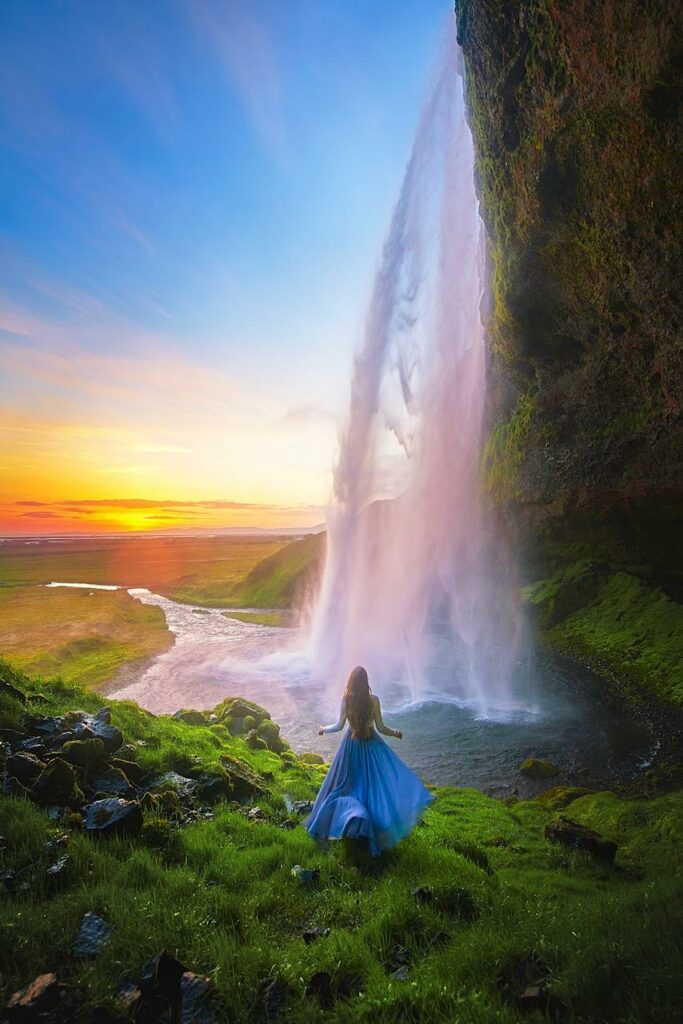
6 Things To Know Before Visiting Iceland In July
Venturing Into The Highlands Becomes Possible In July In Iceland
- The summer season opens up a world of adventure in Iceland. Roads are accessible, and the weather is favorable, making July the perfect time for highland exploration.
- While F-roads can be challenging in other seasons, they become passable in summer.
The possibilities for adventure are endless in the summer. With the roads open and the weather more favorable, Iceland in July is the perfect time of year to venture into the highlands.
To reach the highlands, you’ll have to take F-roads which are notoriously tricky to navigate even in the best of circumstances as they’re rocky and unpaved.
In the winter, and sometimes even into late spring and early summer, snow and ice make these roads impassable. But in the summer, with a little patience and a 4×4 vehicle you’re in for a real treat.
Thorsmork in particular is a favorite highland destination for tourists with an adventurous spirit and great hiking stamina. This nature preserve has exceptional views, is ideal for both hiking and camping and may even offer you a glimpse of the elusive Arctic fox.
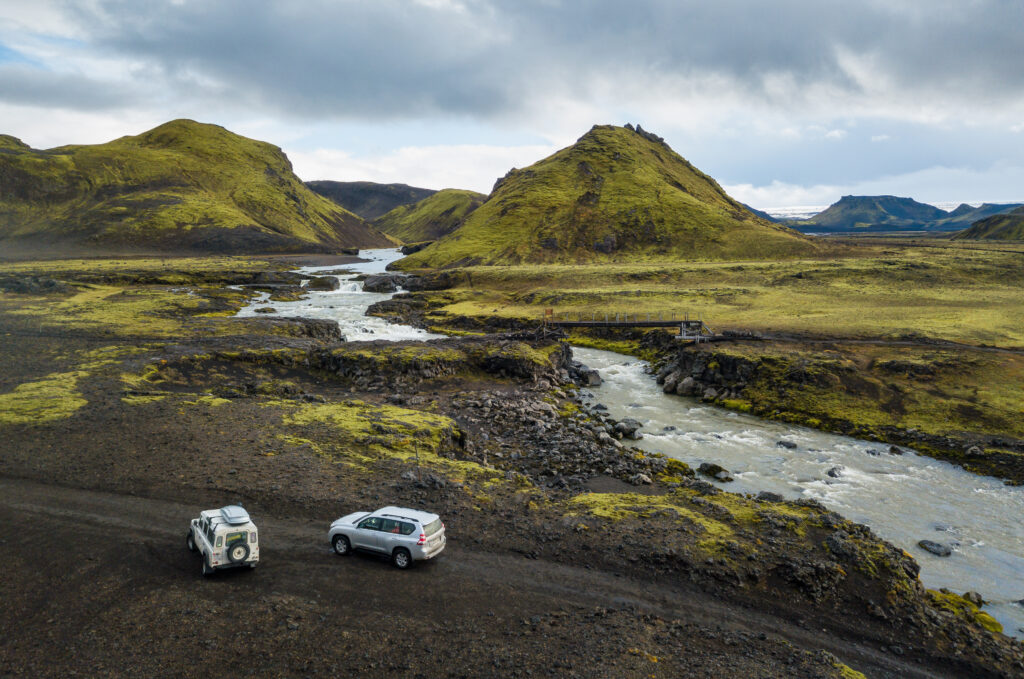
The Northern Lights Are Swapped For The Midnight Sun
- Unfortunately, there are no Northern lights in Iceland during July, which runs from September to April.
- Instead, you’ll experience the enchantment of the midnight sun. Picture hiking or soaking in a natural hot spring at midnight under the lingering glow of the sun – the opportunities are endless.
In the winter, the Northern Lights cause tourists to flock to the land of fire and ice for a glimpse of this fascinating natural phenomenon. Unfortunately, July lies outside of the September-April time frame for catching the Northern Lights.
Technically the Northern Lights are active all year round, but the long hours of sunlight in the summer months prevent them from being visible. Though you’ll miss out on the vibrant, dancing Northern Lights in Iceland in July, you’ll have the benefit of the midnight sun. Imagine visiting Seljalandsfoss at any time of day!
With nearly unlimited daylight hours, the possibilities are endless. Have you ever wanted to go hiking or bathe in a natural hot spring at midnight under the magic glow of a fading but still present sun? Now’s your chance!
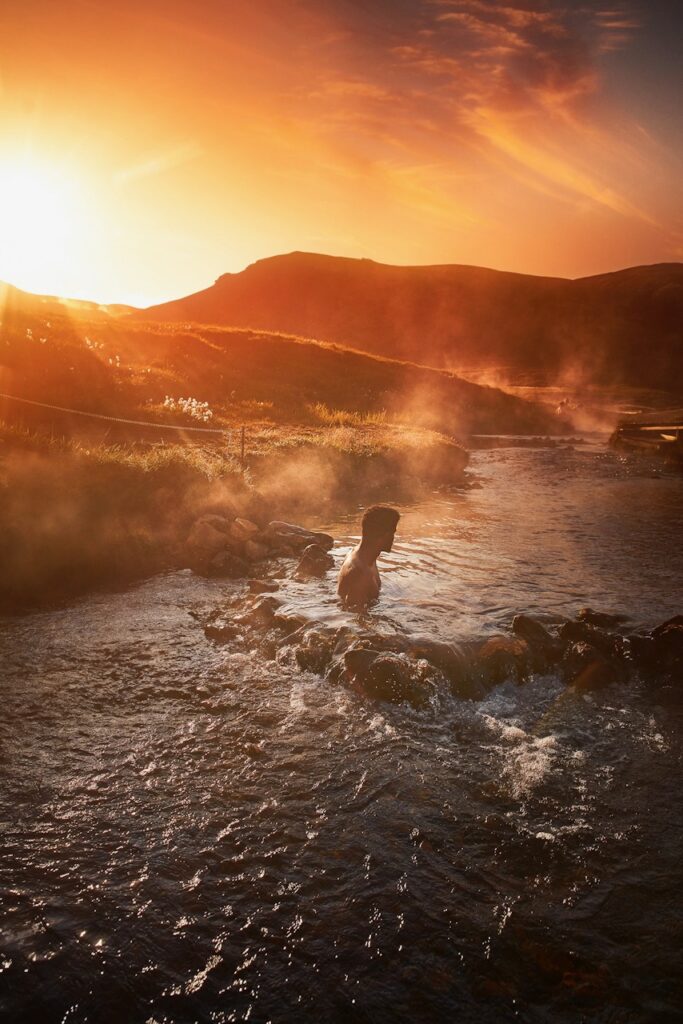
Weather In July Is As Nice As It Gets But Still Unpredictable
- This is the perfect time for outdoor activities like hiking, camping, and exploring.
- Despite being the warmest and one of the driest months, Iceland’s weather remains unpredictable.
Iceland weather in July is as ideal as it gets. Temperatures in Iceland in July ranges from 48-57F, making July the warmest month of the year. It’s the perfect time of year for hiking, camping, and general outdoor adventures.
Though June has the longest day of the year, you’ll still enjoy long hours of daylight in July that allow you to stay out enjoying the scenery well into the night.
Despite this being the warmest month of the year, warm is a relative term when it comes to Iceland. July is also one of the driest months of the year, but in Iceland, you should always expect rain to be right around the corner.
We highly suggest bringing waterproof and windproof clothing. The weather in Iceland in July is as unpredictable as it is any other month of the year.
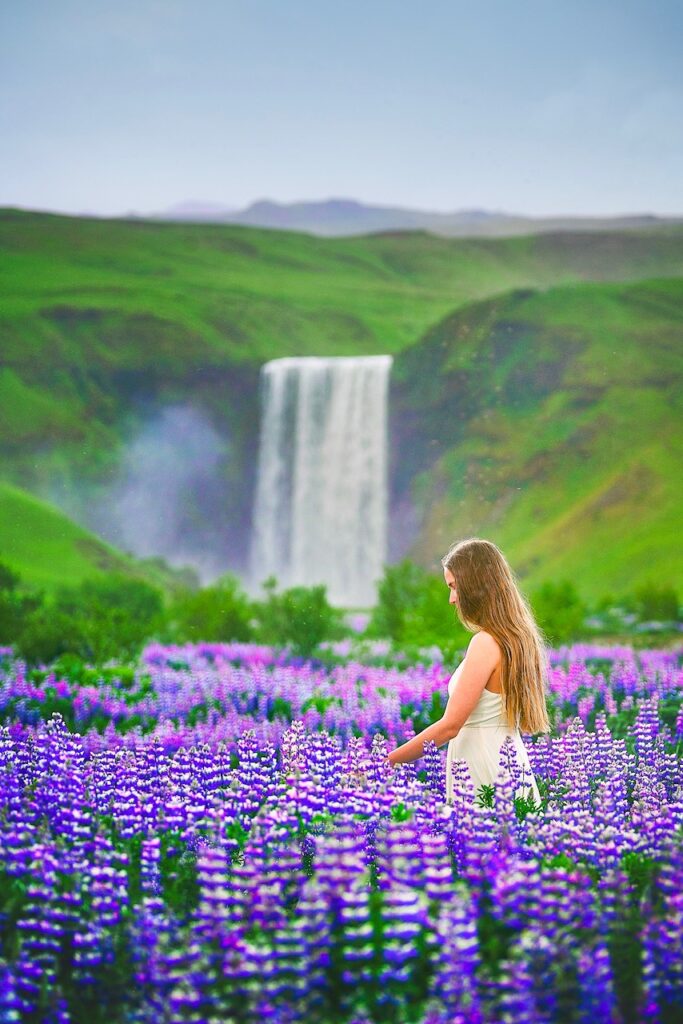
Bathing Suits Are Always A Good Idea In Iceland In July
- While it’s known for its brilliance and swim-up bar, the Blue Lagoon can be pricey but is a must-try experience.
- Affordable alternatives abound with public pools in every town, offering hot tubs of various temperatures, or venture out into nature and explore free natural hot pots and rivers.
Swimming/bathing is one of the best things to do in July in Iceland. You’ll want to bring your bathing suit to take advantage of the hot pots, hot tubs, lagoons, and more.
If you’ve begun planning a trip to Iceland you’ve probably heard of the iconic Blue Lagoon, which for many tourists is the first stop on their Iceland itinerary.
This brilliant blue, mineral-rich water complete with a swim-up bar makes for the perfect place to relax and thaw out from the cold Icelandic air. Though expensive, it’s a stop that everyone should enjoy at least once.
Iceland bathing experiences don’t have to break the bank, however. Every town has a public swimming pool with at least one hot tub. The larger complexes, such as Laugardalslaug in Reykjavik, have multiple hot tubs of varying temperatures.
There’s also an abundance of natural hot pots and hot rivers throughout the country, many of which are free to visit.
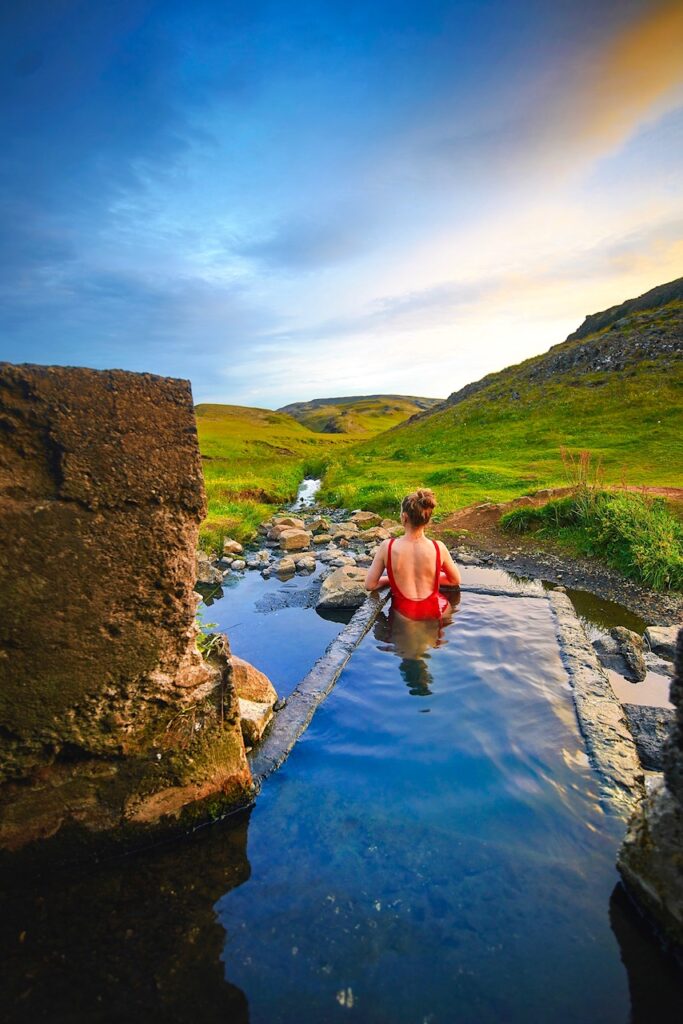
Now Is The Time To Tackle Iceland’s Most Spectacular Hikes
- Hiking tops the list of July activities in Iceland, offering an immersive experience in its extraordinary natural beauty.
- If you venture into the highlands via unpaved F-roads, you’ll discover numerous hiking opportunities.
Hiking is one of the best things to do in Iceland in July. It’s an ideal activity for those looking to get up close and personal with the extraordinary natural landscape.
Venture to the Reykjadalur Hot Springs, A 45-minute moderate hike leads you to a hot river where you can bathe and relax under the midnight sun.
Another popular summer hike takes you up to Glymur, the country’s second-highest waterfall. River crossings and chains to assist in steep sections make this hike more challenging but thrilling at the same time. The views throughout the whole hike are incredible as you make your way up and over the towering waterfall.
For those who choose to take the unpaved F-roads into the highlands, an abundance of hiking opportunities await you. If you have a few days to spare and advanced hiking experience, you can even tackle the multi-day Laugavegur hike into Thorsmork from Landmannalaugar and experience jaw-dropping scenery along the way.
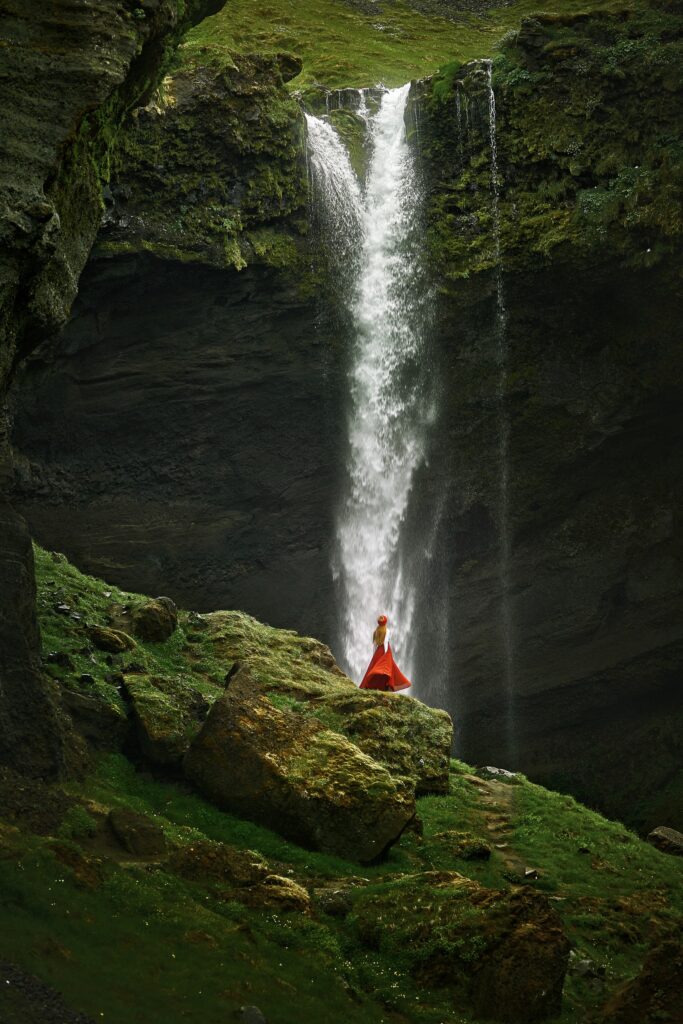
July In Iceland Is The Heart Of Whale Watching Season
- July is prime whale watching season in Iceland. It’s an excellent time for spotting various whale species.
- Consider heading to Husavik in northern Iceland, renowned as the whale watching capital. Alternatively, if you prefer staying near Reykjavik, you’ll find convenient options in Faxafloi Bay.
If you’re looking for what to do in July in Iceland, you’ve arrived just in time for the peak months of whale watching season. While the season typically ranges from May to September, July is a particularly ideal month for spotting these majestic beings.
From Minke whales and Humpbacks to Orcas and Harbour Porpoises you’re in for a real treat if you choose to venture out on a whale watching tour.
Tours are offered all around the country, but they’re particularly popular up north in Husavik which is considered to be the whale watching capital of Iceland. If you’d prefer to stay closer to Reykjavik there are many options right nearby out of Faxafloi Bay.
Be sure to dress appropriately. Though the weather in Iceland in July is certainly more favorable than other times of the year, it can still be cold and windy particularly out on the water.
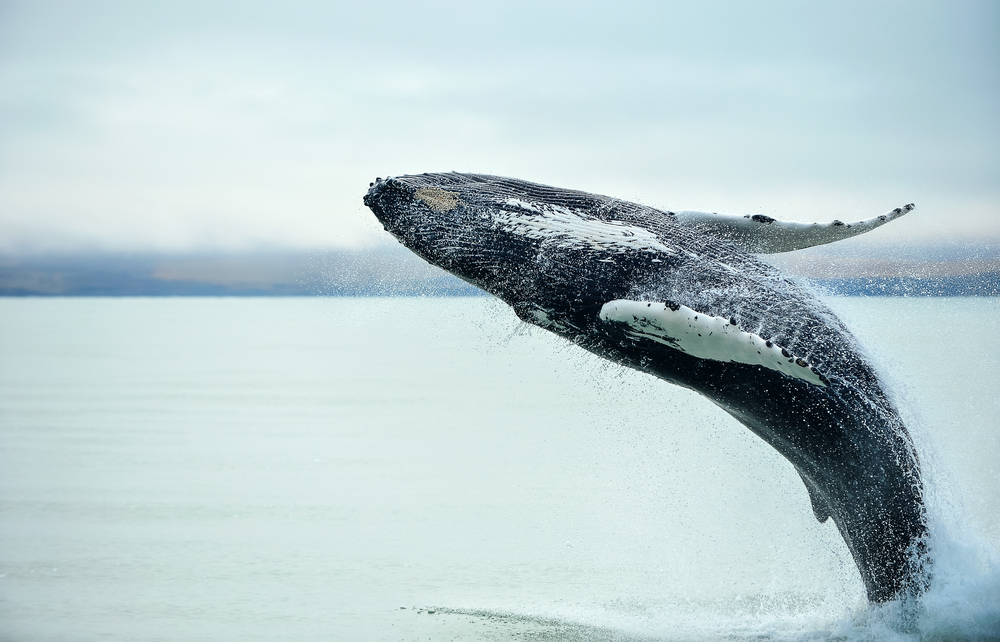
Weather in July in Iceland Tips
Visiting Iceland during July provides a remarkable opportunity to explore under the glow of the midnight sun, immersing you in vibrant green landscapes, fields of blooming lupines, and an array of summer festivities. Although, even in the height of summer, Iceland’s weather remains unpredictable, requiring travelers to come well-equipped. Below are my essential tips for navigating July weather in Iceland!
Iceland in July weather:
- No Northern Lights: The midnight sun means it doesn’t get fully dark. Your chances of seeing the northern lights in July in Iceland are virtually impossible. Focus instead on enjoying the 24-hour daylight and unique landscapes
- Peak Summer: July is typically the warmest month, with long days due to the midnight sun.
- Average Temperatures: Iceland temperature in July ranges from 10°C to 15°C (50°F to 59°F), occasionally reaching up to 20°C (68°F) in some areas.
- Rainfall: While July is one of the driest months, rain is still possible, so include a waterproof jacket in your Iceland packing list for July.
Reykjavík Weather in July:
- City Weather: Expect slightly warmer temperatures compared to rural areas, but it’s still wise to prepare for cool and unpredictable weather.
- Urban Exploration: Comfortable, waterproof walking shoes are a must for exploring the city, as you’ll likely do a lot of walking.
- Long Days: Take advantage of the long daylight hours for sightseeing; the sun sets very late, if at all.
- Cultural Events: The city hosts numerous festivals and outdoor events in July. Pack comfortable clothing and shoes for attending these events.
Additional Tips
- Insect Repellent: In July, some areas might have small midges. Having insect repellent can be useful, especially in the evenings.
- Sun Protection: The sun can be surprisingly strong, even if the temperature isn’t high. Include a hat, sunglasses, and sunscreen in your packing list.
- Driving Tips: July driving in Iceland is much easier, but always check the weather and road conditions before setting out, as even in summer, conditions can change rapidly.
- Safety First: Always inform someone of your travel plans, especially when hiking or venturing into remote areas.
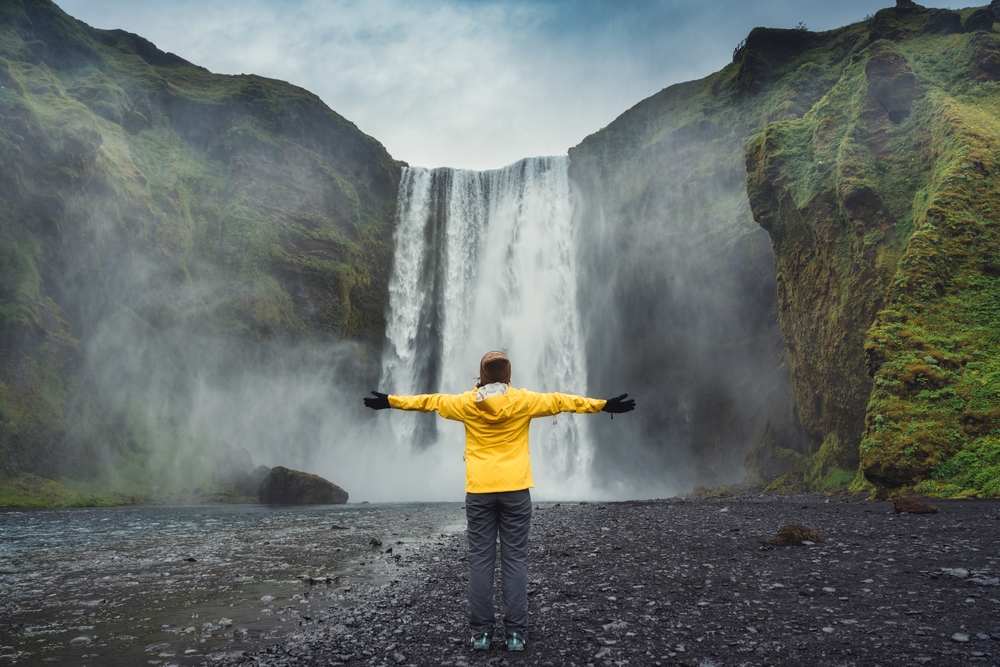
We’re thrilled you’ll be traveling to Iceland in July. If you’re willing to brave the tourist crowds it’s an ideal time of year to explore the land of fire and ice. The midnight sun, fields of arctic lupines, sheep roaming the lush green valleys, waterfalls glistening in the sun…it’s all awfully idyllic.
As you begin planning your trip to Iceland in July, feel free to ask us any questions or tell us stories of your own in the comments section.

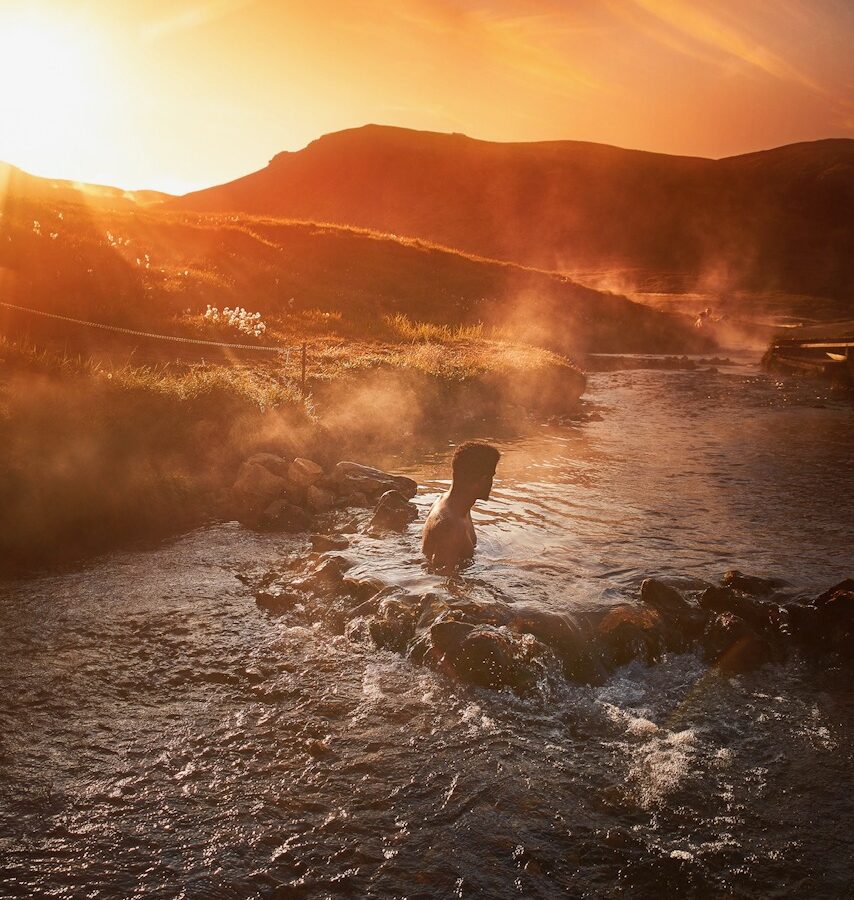
 Iceland In June: 7 Things To Know Before You Go
Iceland In June: 7 Things To Know Before You Go